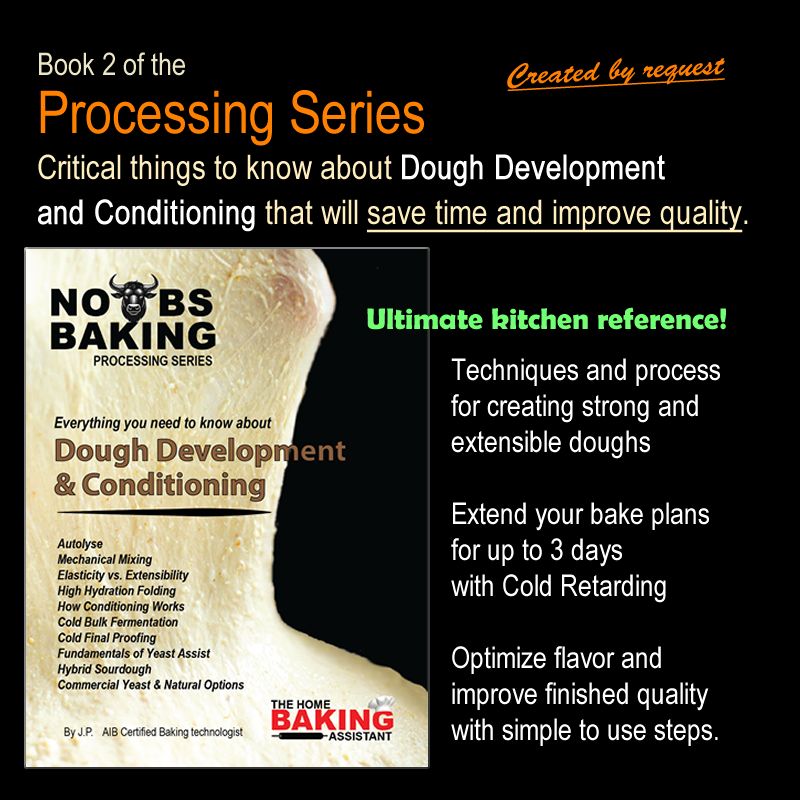Everything to Know about Dough Development and Conditioning
Baking is a captivating blend of art and science, and at its core lies dough conditioning—the vital process that transforms simple ingredients into the foundation of remarkable bread. This e-book will demystify the intricacies of dough, helping you understand the "why" behind every step. Have you ever noticed how some doughs stubbornly spring back while others stretch beautifully? This difference hinges on balancing elasticity (the dough's ability to return to its original shape) and extensibility (its capacity to stretch without tearing). Achieving this perfect equilibrium is every baker's goal, leading to loaves with superior volume, the crumb characteristics they desire, and a delightful texture.
The secret to this balance largely lies in gluten, the protein network formed when water meets wheat flour. This network, comprising glutenin for strength and gliadin for extensibility, is crucial for your dough's structure. However, development that’s not in balance with conditioning, can create an overly elastic dough that's hard to work with. Conversely, under and over development can leave a dough weak and unmanageable. This book will guide you through key factors influencing this balance.
You'll discover the why’s and how’s of techniques like autolyse, which jumpstarts hydration and enzymatic activity for a more extensible dough; effective mechanical mixing for proper gluten development; and stretch and folds, vital for building structure in high-hydration doughs. We'll also explore the benefits of cold fermentation, a technique that significantly enhances both flavor and workability.
This e-book is a practical guide, offering insights and actionable advice to help you troubleshoot common dough issues. Mastering dough conditioning is perhaps the most rewarding step in your baking journey. Let's unlock the secrets to truly exceptional bread together.

